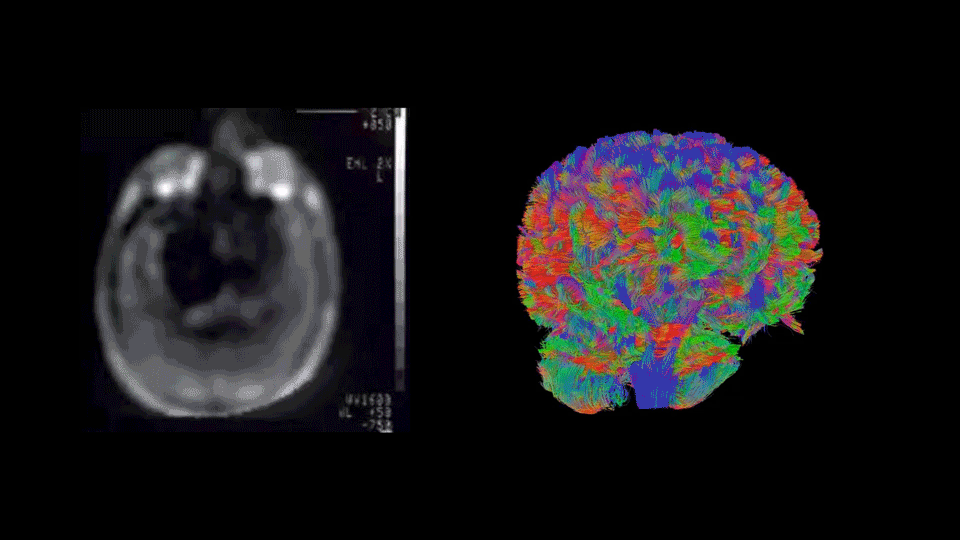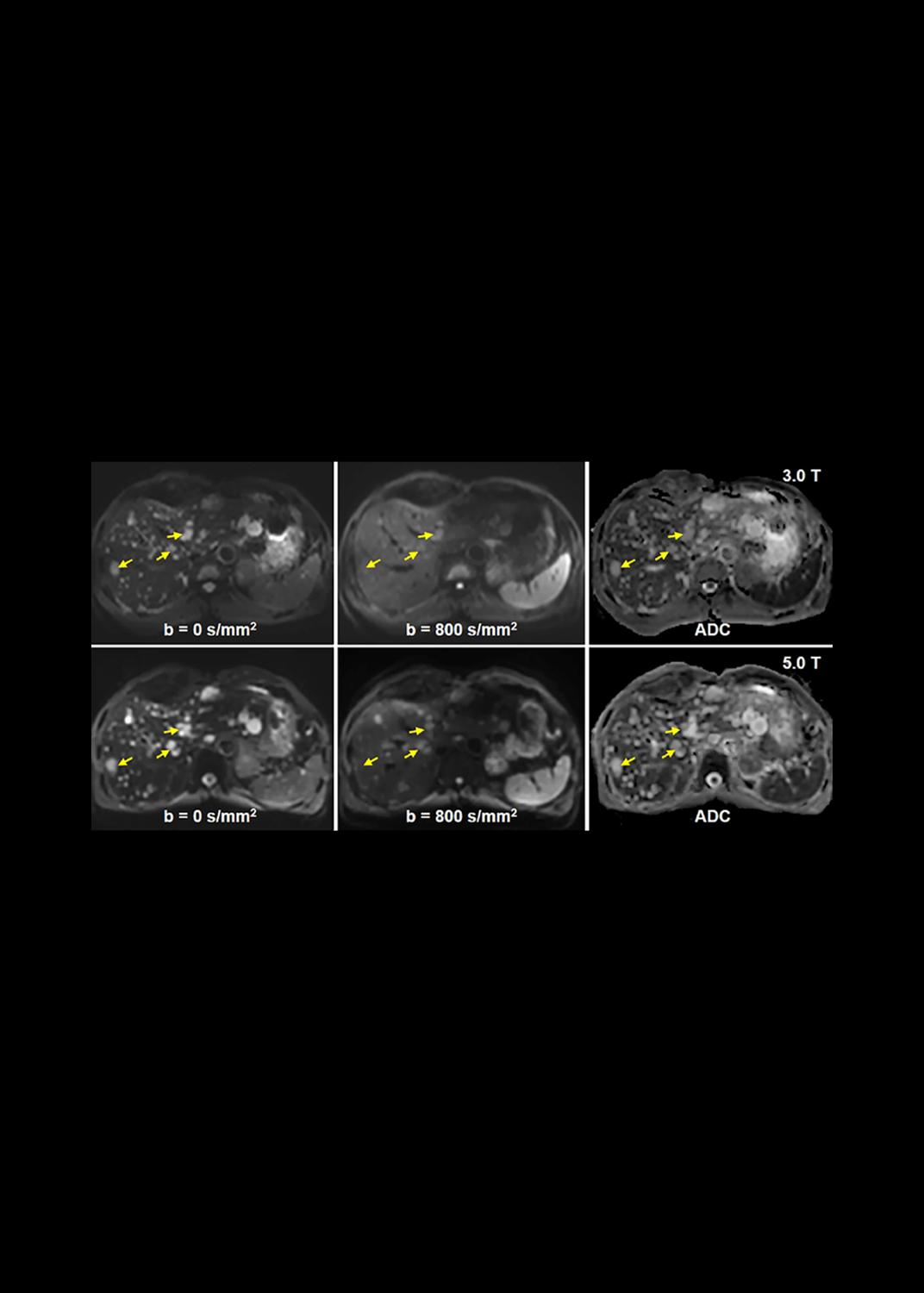Zeng Mengsu, Director of the Department of Radiology at Zhongshan Hospital, Fudan University, and his team completed the world's first abdominal imaging study with uMR Jupiter, the first whole-body 5.0T MR; the study was published in the Journal of Magnetic Resonance Imaging, a core periodical in the field. The abdomen contains a number of internal organs such as liver, bile, pancreas, spleen and kidney, where malignant tumors frequently occur, making it not only the most challenging part to scan in MRI but also one of the most important clinical evaluation criteria for measuring the performance of an MRI scanner.
As the first worldwide clinical research study based on 5.0T ultra-high-field, Dr. Mengshu’s paper provides a systematic analysis of the diffusion of the abdominal organs of liver, pancreas, spleen and kidney. Concerning the Diffusion Weighted Imaging (DWI)*, the subjective image quality of 5.0T is better than that of 3.0T. As for the Apparent Diffusion Coefficient (ADC)*, there is no significant difference in the ADC values of each organ, which has laid a solid foundation for subsequent studies related to abdominal organs based on DWI.
*The Diffusion Weighted Imaging (DWI), an important research branch in the field of MRI, is sensitive to lesions with abnormal diffusion rates in the abdomen, enabling the detection of benign and malignant abdominal tumors.
*The quantitative analysis of the Apparent Diffusion Coefficient (ADC) indicates the diffusion of water molecules in the scanned tissue, providing value for the diagnosis and differentiation of benign and malignant lesions.
According to the results of the study, it can be inferred that 5.0T MR can provide a higher application value for the diagnosis of malignant lesions and help doctors improve their diagnostic confidence. Director Zeng Mengsu commented: "In quantitative imaging of body parts, joints, and magnetic resonance spectroscopy (MRS), 5.0T outdoes 3.0T, and in
high-resolution anatomical imaging of blood vessels and the nervous system, 5.0T is even approximately equal to 7.0T!"





